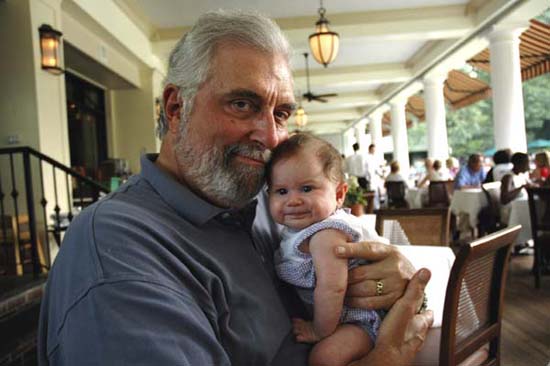Rebuilding The World Trade Center Site
Anyone who has lived in the New York area understands, in a exquisitely painful way, that the fiasco at ground zero is the result of battles between the owners of the land, the Port Authority of NY and NJ, a quasi-public agency run by appointees of the Governors of New York and New Jersey, (who today are two different men than held those offices in 2001), the private owner of the destroyed buildings, his insurance companies, the demands of the families of those lost on 9/11 and a host of community interests in NY representing public safety, anti-terrorism, architecture aesthetics, and neighborhood businesses and residents. Oh yes, and the army of lawyers representing all those parties. The only entity with virtually zero say in the outcome in lower Manhattan is the Federal Government. Olberman should have known better.
My point here is not to rehash the details and arguments of the sorry history of that tragic site, but rather to point out yet another latecomer's bitching about the now planned resolution about to be constructed. The latest kvetch to emerge is the NY Times' erstwhile architecture critic du jour, Nicolai Ouroussoff, who continues to find fault with the design of the so called Freedom Tower to be built on the site.
Nowhere is that failure of ambition more evident than in the tower’s base. In a society where the social contract that binds us together is fraying, the most incisive architects have found ways to create a more fluid relationship between private and public realms. The lobby of Thom Mayne’s Phare Tower in Paris, for example, is conceived as an extension of the public realm, drawing in the surrounding streetscape and tunneling deep into the ground to connect to a network of underground trains.
By comparison the Freedom Tower is conceived as a barricaded fortress. Its base, a 20-story-high windowless concrete bunker that houses the lobby as well as many of the structure’s mechanical systems, is clad in laminated glass panels to give it visual allure, but the message is the same. It speaks less of resilience and tolerance than of paranoia. It’s a building armored against an outside world that we no longer trust.
Someone, and I elect myself, needs to point out to Mr. Ouroussoff, that it is only paranoia if no one is in fact trying to get you. In the present case, as amply evidenced by the rubble still being cleared from the area five and a half years later, someone has, and still would like to do spectacular killing in America. If Mr. Ouroussoff stopped looking up at buildings all day and read a newspaper occasionally he might understand that security concerns must sadly be a necessary part of all new building designs.
Labels: Keith Olberman, September 11, World Trade Center

